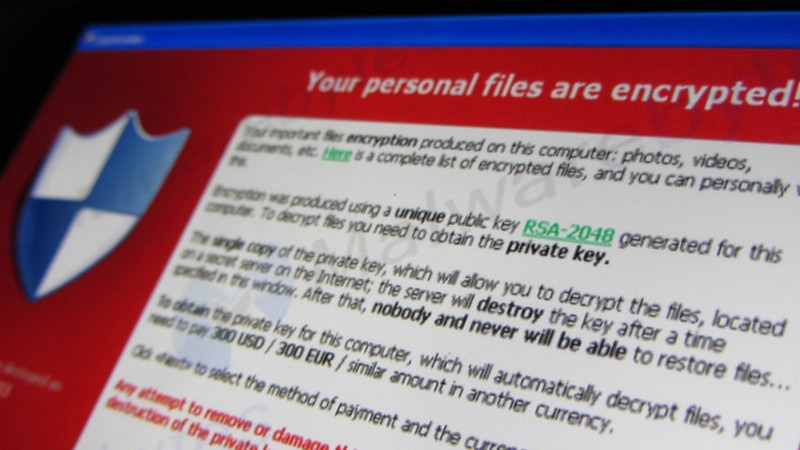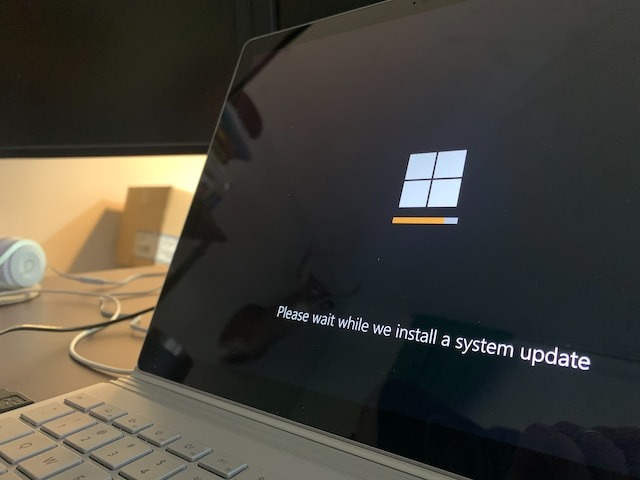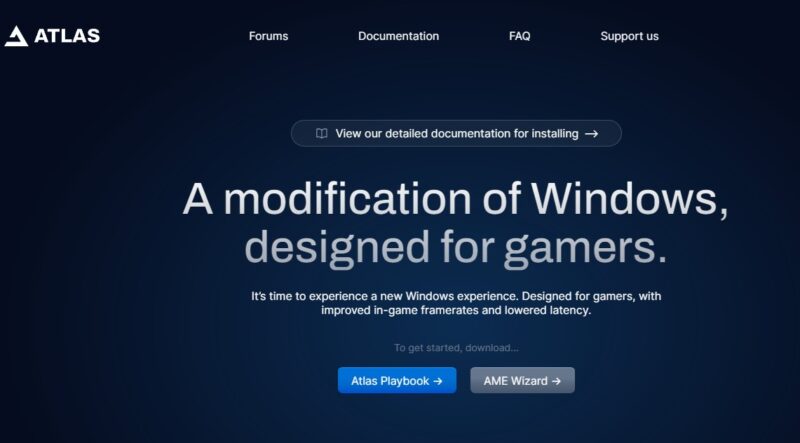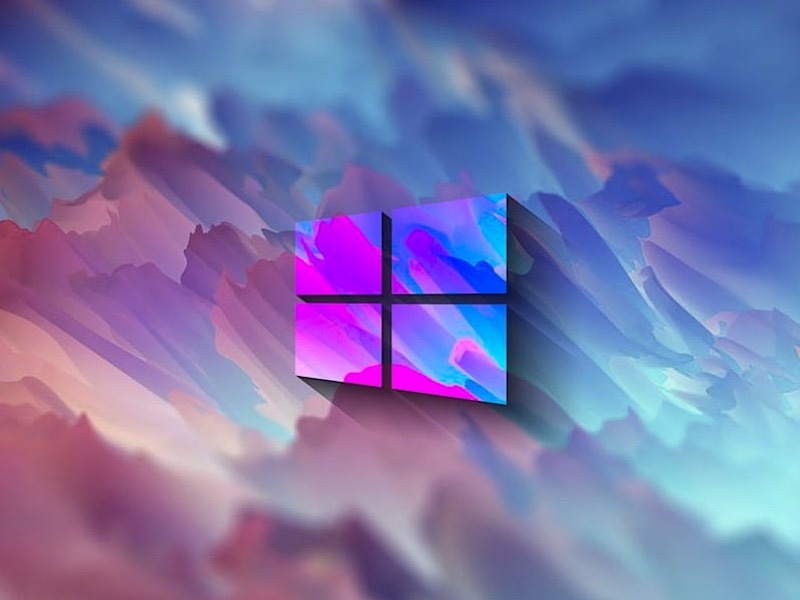
Windows is the predominant operating system in the world today. But even Windows has issues. Many people feel Windows is unnecessarily large, heavy on resources, and has questionable privacy policies. For this reason, a custom Windows ISO like Tiny11 is quite popular among users who prefer a lightweight, stripped-down version of Windows 11. But custom ISOs like AtlasOS, ReviOS, Ghost Spectre, and others, come with their own problems. This guide takes a look at those issues.
Tip: try Windows 11 without nuking Windows 10.
6 Issues Behind Custom Windows ISOs
Tiny11 is a modified ISO image created from the base Windows 11 image sourced from Microsoft. It aims to remove the clutter and bloatware from a standard Windows 11 image that isn’t necessary for a comfortable experience.
Some prominent apps that Tiny11 doesn’t feature are Microsoft Edge, Microsoft Teams, News, Maps, and Sound Recorder. However, it retains more important features, like Core isolation, Microsoft Defender, and components like Windows Terminal, PowerShell, and more.
While custom Windows ISOs popularly bypass standard Windows 11 requirements, like TPM, and allow less powerful systems to run Windows 11 better, they aren’t without legitimate concerns. Before you install and run a custom Windows ISO, there are six important issues you should know about:
1. Malware
Whether intentionally or by accident, malware can easily make its way to your system when downloading a custom Windows ISO from a questionable source. Some custom ISOs don’t even have important apps, like Microsoft Defender, to protect you from security threats.

You need to trust the source you use to download the custom Windows ISO, without really knowing what changes the image went through in the past. In the worst-case scenario, the file you download may just be a virus masquerading as a Windows ISO.
The damage from malware can sometimes be too costly in the form of ransomware, where hackers encrypt your files and extort money from you to decrypt them.
2. Keyloggers
Despite some benefits, custom Windows ISOs aren’t officially supported by Microsoft. Hence, you can never be completely sure of what a particular developer has removed – or worse, added to the ISO, no matter what the website claims.

If your custom ISO has keyloggers integrated into it, it can easily capture your sensitive information, like credit card info, emails, messages, and more. Your privacy could be destroyed completely.
3. Mining
Some custom Windows ISOs may take advantage of your system’s resources for mining or other activities. Being an OS-level exploit, you may never know that your system’s been compromised.

Protecting yourself from cryptojacking, as it’s called, is not always simple. Hackers take control of your PC’s processor power in the background to mine cryptocurrencies like Bitcoin, Ethereum, Monero, and others. While you could monitor your CPU usage to look for unusual spikes, it may not always be readily apparent. Hackers sometimes use pop-under windows to open hidden browser tabs that don’t close – even when you quit the browser window.
The best course is to completely avoid the potential source of such exploits, which includes downloading any shiny new custom ISO you find.
Tip: suspicious that someone’s stealing your Wi-Fi? Learn how to tell whether your Wi-Fi network has been hacked.
4. No Updates
As custom Windows ISOs aren’t officially supported by Microsoft, you won’t receive any automatic updates, potentially leaving your system unprotected from security threats.

You may be more inclined to stop Windows updates altogether, finding them annoying and unnecessary. But while there might be problems with the way Microsoft treats Windows updates, they’re still required to keep your system safe from old, as well as new, security threats that could arise in the future.
5. Device Bricking
Custom Windows ISOs are built on the idea of removing multiple components of the standard Windows package to reduce their footprint and boost performance.
But you never know what crucial component or feature could be missing from a particular custom ISO. This could potentially brick your system completely in a worst-case scenario, leaving you with the dreaded Blue Screen of Death (BSOD).

You could encounter driver issues, missing updates, or an absent Microsoft Defender, leading to issues like the Windows black screen of death or a corrupted Windows installation.
6. Legality
Distributing custom Windows ISOs occupies sort of a grey legal area. You won’t even find the ISO files for download on their respective websites – just a guide or instructions to create one.

Porting features to a Windows version not originally included is also not permitted by Microsoft. The idea behind the above-mentioned custom ISOs is to provide users with higher FPS, lower latency, and an overall snappier OS experience.
You can instead boost gaming performance on older systems with native features, rather than trusting a custom, albeit lightweight Windows ISO.
Is a Custom Windows ISO Worth It?
From removing somewhat unnecessary apps, like Xbox and Sound Recorder, to eliminating crucial security features, like Defender, custom Windows ISOs are never 100% safe. You always assume a certain degree of risk when playing around with a custom ISO.
In the worst case, it’s not just your Windows installation you’re risking, but your financial information, system resources, and privacy. Hence, I recommend using a custom Windows ISO only on a system that you’re comfortable risking – ideally an older device without any sensitive information.

As long as you have a fairly recent device, there may be minimal performance improvements to gain by installing a custom Windows ISO, even in gaming. It’s not recommended to put your system at risk for a small benefit.
Lastly, you could create a custom Windows ISO yourself using a standard Windows 11 image from Microsoft. But even that involves using scripts or tools, such as NTlite or MSMG Toolkit that you need to trust. Hence, explore at your own risk.
Image credit: Unsplash. All screenshots by Tanveer Singh.
Our latest tutorials delivered straight to your inbox